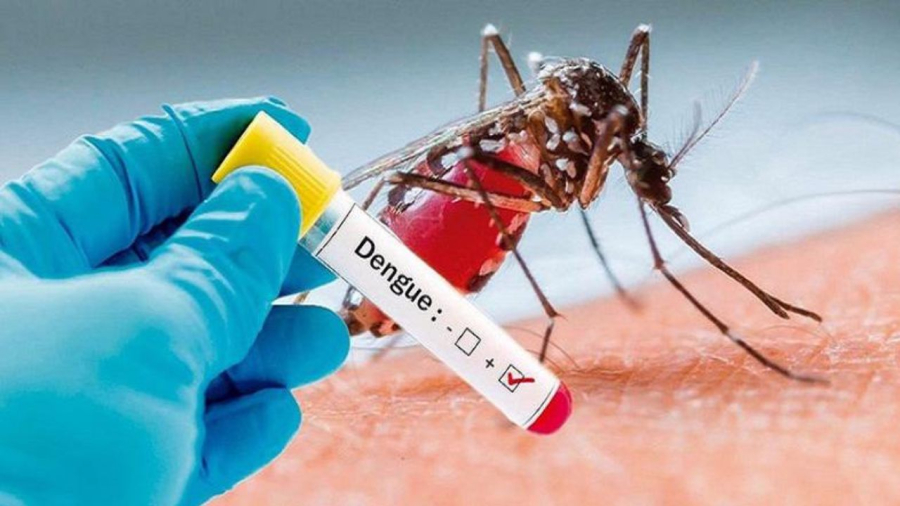Dengue Fever: Unraveling the Complexities of its Evolving Pattern in Vietnam
In recent years, dengue fever has deviated from its previous cyclical outbreaks occurring every 3–5 years. Instead, it has persistently maintained high levels, posing challenges for prediction and control measures. This new trend has deeply concerned experts, especially amidst the looming threat of multiple overlapping epidemics in various localities.
Dengue Fever Defies Old Patterns
Historically, dengue fever would subside temporarily before resurging with a new peak after a few years. However, since 2017, this trend has noticeably shifted. As reported by Thanh Nien newspaper, PGS.TS.BS Pham Quang Thai, Deputy Head of the Department of Infectious Disease Control at the Institute of Hygiene and Epidemiology, shared that since 2017, dengue cases have consistently remained at high levels, abandoning the previous cyclical pattern.

Specifically, 2017 marked a peak year with a sudden surge in cases. While 2018 witnessed a slight decrease, the latter half of 2019 experienced another intense outbreak. Subsequent years, particularly 2022, broke records for the number of cases. Notably, even in 2023, dengue cases remained high and showed no significant decline. In 2024, although there was a downward trend compared to 2017, Vietnam still recorded approximately 140,000 dengue infections – a figure that cannot be taken lightly.
Low Mortality Rate but Remain Vigilant
In the initial months of 2025, Vietnam reported five deaths from dengue fever. While the current mortality rate is considered low relative to the number of infections, it doesn’t imply complacency among the population.
Vietnam is now marked as a red zone for dengue fever in the Asia-Pacific region. Without effective control measures, the number of cases could soar into the millions, increasing the risk of severe cases, deaths, and overwhelming the healthcare system.
The Threat of Multiple Epidemics and Warnings from the Ministry of Health
Since the beginning of 2025, Vietnam has recorded nearly 23,000 dengue cases, with five deaths in the provinces of Binh Duong, Binh Thuan, Ho Chi Minh City, Khanh Hoa, and Ninh Thuan. The Ministry of Health assesses this situation as concerning, especially as many localities simultaneously grapple with hand, foot, and mouth disease and the potential resurgence of COVID-19.
Dengue fever is currently one of the most prevalent infectious diseases in Vietnam, occurring year-round and showing a tendency to spread. It can cause dangerous complications and even lead to death if not detected and treated promptly.
Precautionary Measures for the Public
As dengue fever is transmitted by the Aedes mosquito, it is crucial to take preventive measures such as maintaining a clean living environment to deter mosquito breeding sites. This includes clearing potential water containers like pots, jars, and water tanks, and covering water storage containers. Regularly clean and cover air conditioner drip trays, wells, and water tanks in toilets. Remove discarded containers, bottles, and jars, and keep rooftops, balconies, and surrounding areas clean.
To avoid mosquito bites, use mosquito nets while sleeping, wear long-sleeved clothing, and apply mosquito repellent creams or essential oils. Conduct periodic mosquito-killing chemical sprays, ensuring proper usage to avoid toxicity. Additionally, consider getting vaccinated against dengue fever as a preventive measure.
The Hottest Spot CDM is Hunting Now: Unveiled by a Reality Show, Breathtaking Scenery Awaits.
“Recently, Ban Lien has emerged as an unexpected destination, gaining widespread recognition thanks to its feature on the reality TV show, ‘Haha Family: The Days of the Open Sky.’ This picturesque locale has captured the hearts of many, offering a unique and captivating experience that has left a lasting impression on viewers and travelers alike.”



































